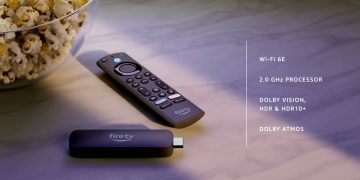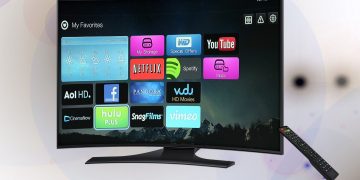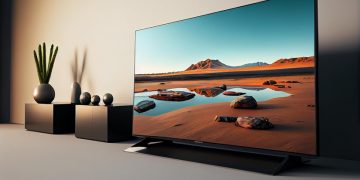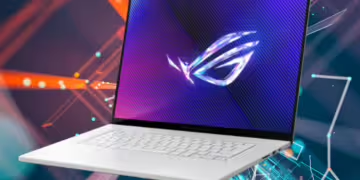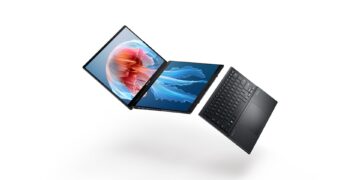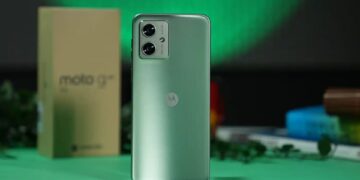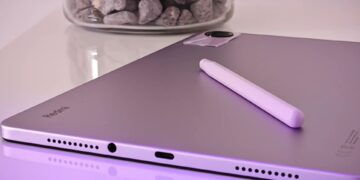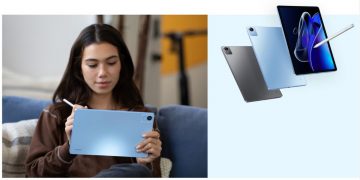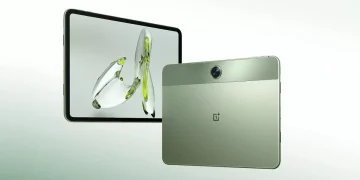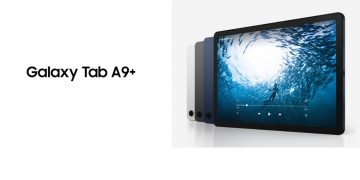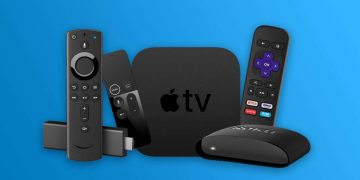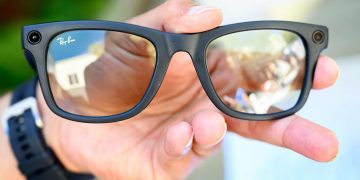The Google Pixel 9 might be one of the most expected smartphones of 2024 that other companies are not producing. Two things come packed in one: loads of hardware features and advanced, AI-empowered software matching up with each other. Design changes, serious performance upgrades, and refinements to the already highly praised camera system are just sprinkled on top features of the Pixel 9 series. Here’s everything known about the Pixel 9 and Pixel 9 Pro, plus a new Pixel 9 Pro XL.
Design and Display
It is expected that starting from the Pixel 9 series, flat-sided design language will hit into existence, which has been a norm in the previous Pixel phones. If recent leaks are anything to go by, the Pixel 9 will most likely adopt a flat side, giving it a slim and somehow sleeker look. The same is true with the Pro versions, the Pixel 9 Pro and Pixel 9 Pro XL, and are going to have larger displays to adjust more features in them.
The Pixel 9 will carry a 6.24-inch display size, a little less than the 6.3-inch on the Pixel 8. The Pixel 9 Pro and Pixel 9 Pro XL are going to sport a 6.34-inch and 6.73-inch display, respectively. Whichever one of these will suit people who like larger screens. All will also arrive with 120Hz OLEDs for smooth scrolling and great viewing, and LTPO. New display technologies—Actua and Super Actua, claimed to be exclusive for the Pixel 9 series, are said to bring improved refresh rates and a higher degree of brightness so that the screens are very much visible, even in direct sunlight.
Another interesting feature of the display technology is the fabled Adaptive Touch. It is rumored that this feature will automatically modulate the touch sensitivity of the screen according to the environmental scenario which may include moisture on and screen protection. This is something that would turn out to be a lifesaver for most users continuously end up using their phones in the most unwanted of situations, such as in rain or with gloved hands. The same feature is also believed to work seamlessly with wet fingers, therefore increasing the overall user experience.
Performance
Speaking of performance, this Pixel 9 series might see the light of day with Google’s in-house Tensor G4 chip.
According to reports, it has been said that the Tensor G4 would be based on Samsung’s latest 4nm process. Against the G3, this should yield some upgradations, although modest. So, the raw performance of the G4 will not keep a lead against Qualcomm Snapdragon’s latest, but it is expected to deliver far more balanced performance with quite a special focus on AI and machine-learning capabilities in line with Google’s hopes for the Pixels. The Pixel 9 is expected to feature 12GB of LPDDR5X RAM for cubit multitasking and enhanced app performance. The Pixel 9 series Pro device, Pixel 9 Pro, and Pixel 9 Pro XL, may come with 16GB RAM, which would be the most powerful device ever in hand. Storage options will begin at 128GB and storage size will not be expandable; it’s now a regular move by Google ever since the latter Pixels came //–.
The same is designed to support the Pixel’s AI again-oriented capabilities, thus bringing out real-time language translation; new tools for editing photos, videos; and others. Google is definitely going to position functionality powered by AI at the very core of the Pixel 9 experience and distance this particular device from the rest of the other flagships hitting today’s markets.
Camera System
The Pixel 9 series is expected to carry a dual rear camera setup—a 50MP main sensor with a 48MP ultra-wide-angle sensor—that will sharply boost image quality compared to the 12MP ultra-wide-angle on the Pixel 8.
The Pros will have a triple camera with a 48MP telephoto lens, while the Pixel 9 Pros—both the Pixel 9 Pro and the Pixel 9 Pro XL—will have a triple camera setup for improved zoom: ideal for photography enthusiasts. The front camera on the Pixel 9 is supposed to equip a 10.5MP sensor, but the Pro line should feature a 42MP front camera in order to capture quality selfies and make video calls.
Google will continue to push AI image processing with the Pixel 9 series. These new features would be incorporated as new tools and features that are upgraded into Magic Eraser, designed to remove unwanted content in photos, and the Face Unblur feature, which refines photos that are blurred with faces. With such new features, Google would take yet another stride ahead in proving its lead in the case of smartphone photography.
Battery and Charging
The battery life of smartphones has always been the most focused-upon aspect, including the Pixel 9 series. At this point, no information is received on the battery capacity, but a power-efficient G4 chip with some optimization strategies from Google will best ensure a more comprehensive battery life than Pixel 8. In particular, one does not need to worry about getting full-day battery life under heavy use.
Pixel 9 will have an increased charging speed compared to its predecessors. The device may jump into as high as 65W fast charging, unlike its predecessor, who had 30W fast charging. It will, therefore, rank among the fastest that the device now boasts, making sure that its usage is impeccable since users will be in a position to charge whenever the need arises. _SOURCE.
It’s also said to be joined by wireless charging, which the Pixel 9 will be among the first Android devices to support the Qi2 wireless charging standard. It is said to provide better charging efficiency and is better compatible with more accessories, thus making it easy for all users to juice up their devices without actually needing to plug them in.
Software and Features
The Pixel 9 Series is going to run the upcoming Android 14, making it one of the first devices available to the latest innovations in software by Google. Android 14 is coming with new features, monitoring, and controls over privacy, battery, and customization. This in turn will give users ways in which they can change the look and functioning of the device according to their wish.
There are some rumors pointing tow a new setting with the Pixel 9 series—”Adaptive Touch”—which would adjust touch sensitivity by itself under certain factors, such as the presence of a screen protector or moisture. This comes in very handy for heavily using devices all the time under conditions that are just very taxing, such that the gadget will react right always when the screen is wet or even when one wears gloves.
Probably there should be huge expectations when we speak about the Pixel 9 and take into consideration Google’s AI technology. Real-time language translation would allow phones to let consumers translate the conversation in real time using the phone microphone. It would have enhanced voice recognition, which is bound to bring about accurate voice commands. So, features based on AI will be some of the key selling points for Pixel 9, because, in an overcrowded market, it can bring about a difference by providing more useful tools for a user’s normal daily life.
Release Date and Pricing
If speculations have any meaning, the Google Pixel 9 series should finally arrive in the light of day in October 2024, according to the conventional agenda of Google.
The Google Pixel 9 pricing should not be beyond what we have so far experienced with past models, and this then means that the starting price of Pixel 9 needs to hover at $799. Now this seems like it could be the price for the new models, because the higher variants will clearly come in a bit higher, with Pixel 9 Pro XL going up to $1,200. That amount converts to about one lakh rupees in current money, and that is what the Google Pixel 9 will cost in India.
According to past precedent, a week after the announcement, the pre-order for this Pixel 9 series would be available, presumably arriving to its widely available general sale some weeks later. At launch, first adopters will be treated to a spate of promotions, from trade-in offers to accessory discounts.
Conclusion
This leaves the Google Pixel 9 series with a high probability of introducing monumental changes in design, performance, and camera capability, all while holding true to Google’s question about AI and software.
With a batch of new advanced display technologies, on top of the Tensor G4 chip, it will also include amazing battery life, making the Pixel 9 pretty well-placed for contention in the premium smartphone market. Whether someone is an aficionado of photography, needing some technical gear and operating with an Android interface, the lineup of Pixel 9 is sure to satisfy any desires.



